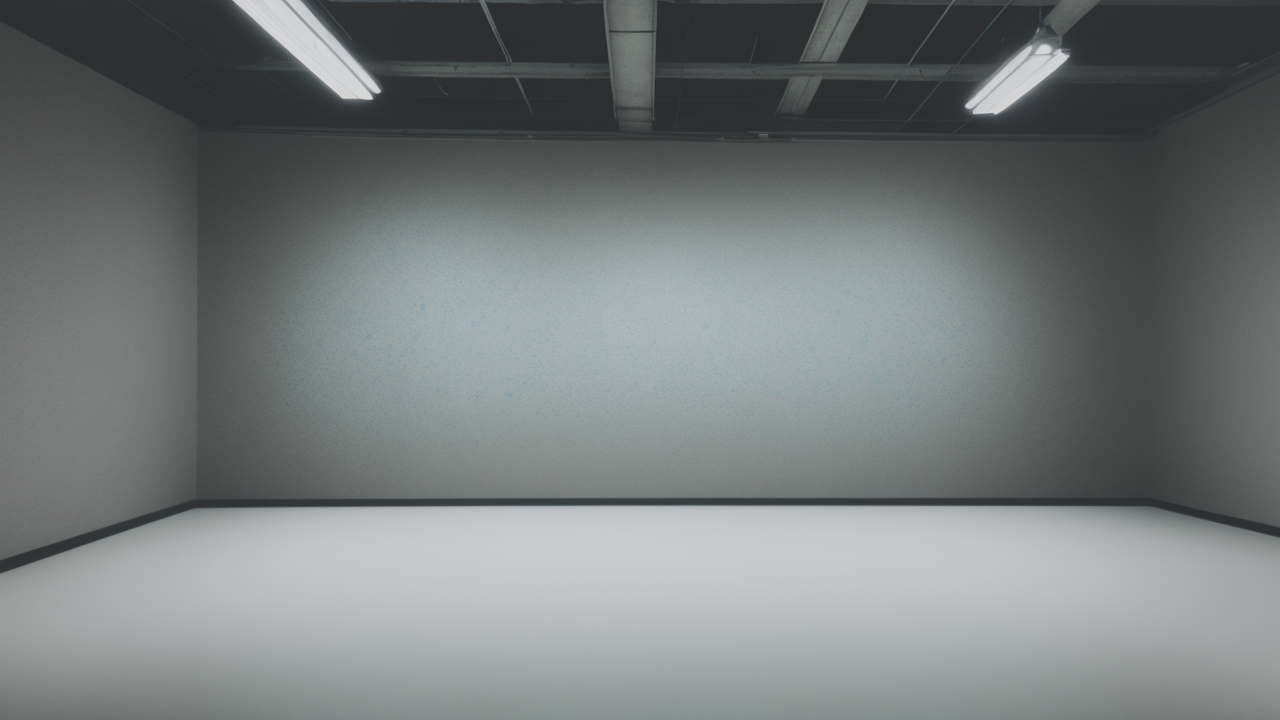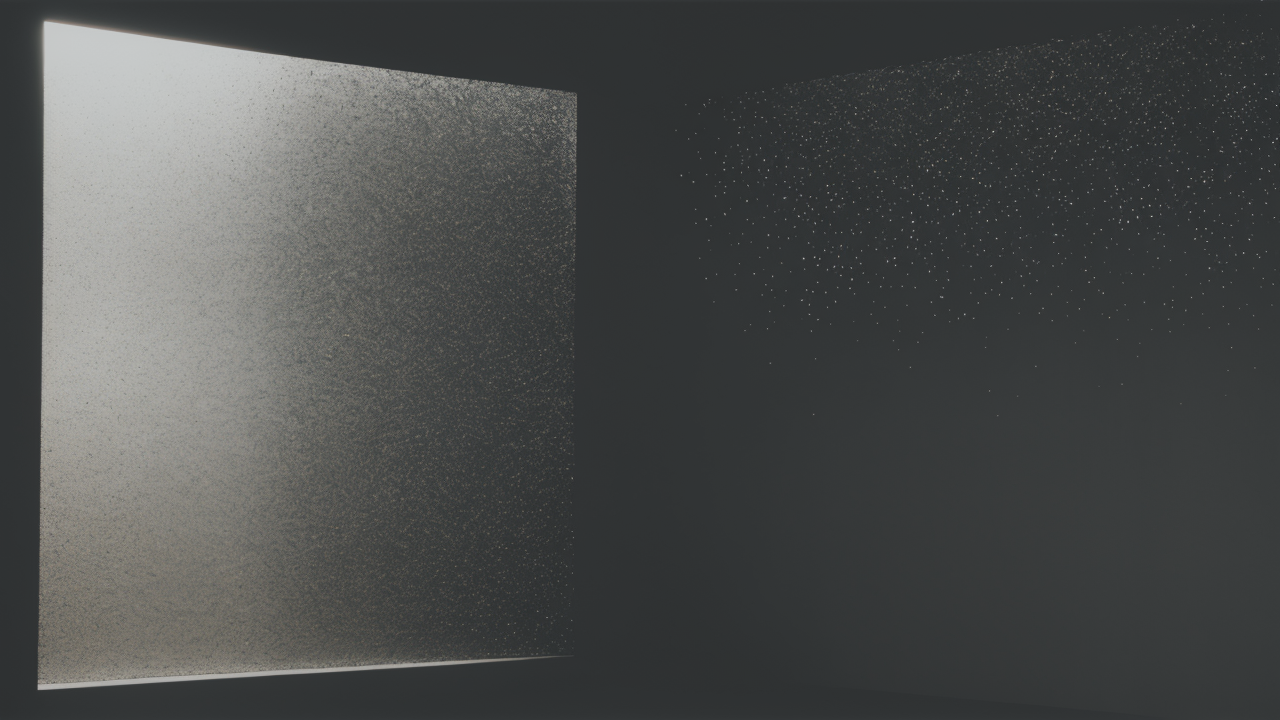
SBGT237: Decoding the Latest Trend in Minimalist Art Techniques
Exploring the Roots of Minimalism in Modern Art
The Evolution of Minimalism in the United States
Minimalism in the US started in the 1960s. It was a response to complex art forms. Artists wanted to simplify their work. They focused on basic shapes and colors. The goal was to strip art down to its core elements. Early minimalist works often used geometric shapes. They were made with industrial materials. Artists like Donald Judd led this movement. They believed in the power of simplicity. Over time, minimalism spread beyond art. It influenced design and architecture. The style grew to include more variety. But it kept its focus on simplicity. Today, minimalism is still popular in American culture. It affects how we design spaces and objects. It even influences how some people choose to live.

Influential Minimalist Artists and Their Legacy
Many artists shaped minimalism. Donald Judd created 'specific objects'. These blurred the lines between painting and sculpture. Frank Stella made black paintings that challenged art norms. Dan Flavin used fluorescent lights in new ways. Agnes Martin brought subtle grids to minimalism. These artists changed how we see art. Their work is still important today. Museums around the world show their pieces. New artists build on their ideas. The impact goes beyond art. We see it in product design and architecture. Their legacy teaches us to value simplicity. It shows how powerful basic elements can be. These artists proved that less can indeed be more. They opened new ways of thinking about art and design.
The Impact of Technology on Contemporary Minimalism
Technology has changed minimalism. Digital tools let artists create precise lines easily. 3D printing makes complex minimalist sculptures possible. Virtual reality opens new doors for minimalist art. Social media has made minimalist styles popular. More people now appreciate simple designs. Digital art explores new forms of minimalism. Some artists use tech to contrast with analog minimalism. This creates interesting dialogues in art. Technology also affects how we view art. We can now see minimalist works on screens anywhere. This changes our relationship with art. As tech evolves, so does minimalism. The two continue to influence each other. This leads to new and exciting forms of minimalist expression.
The Intersection of Line and Minimalism in Visual Art
The Role of Line in Minimalist Sculpture
Lines are key in minimalist sculpture. They define shapes and guide the eye. Artists use lines to create simple forms. Richard Serra uses large lines to change spaces. Sol LeWitt makes complex patterns with simple lines. Lines can make static objects seem to move. Sometimes, the line itself is the sculpture. Fred Sandback's yarn works are good examples. Minimalist sculptors often focus on pure lines. They avoid extra details. The lines speak for themselves. This approach creates powerful, clean works. It forces viewers to consider form and space. Lines in sculpture can be subtle or bold. They can be straight or curved. Each choice affects how we see the work. Minimalist sculpture shows the strength of simple lines.

The Influence of Line in Minimalist Painting
Lines are powerful in minimalist painting. They create structure on the canvas. Barnett Newman used vertical lines to split color fields. Agnes Martin made subtle grids with lines. Some painters use lines for optical effects. Others make bold statements with single lines. The width, color, and place of lines matter. Even spaces without lines can be important. Lines in these paintings often make us think deeply. They ask us to focus on what's essential. Some lines create calm feelings. Others create energy or tension. Minimalist painters show that simple lines can say a lot. They prove that art doesn't need to be complex to be powerful. Lines in these works often have a meditative quality. They invite us to slow down and really look.
Line as a Medium: Minimalist Installations and Drawings
Lines take center stage in many minimalist works. Sol LeWitt's wall drawings use only lines. These works turn walls into art. In installations, lines can shape how we see space. Fred Sandback used yarn to suggest 3D shapes. Some artists use lines to create interactive art. In drawings, artists explore what one line can do. They might repeat lines to create complex effects. Digital artists now use lines in virtual spaces. This opens up new possibilities. Lines can be physical or digital. They can be permanent or temporary. Some installations let viewers change the lines. This makes the art interactive. Minimalist line art shows that simple elements can be powerful. It proves that art doesn't need to be complex to affect us deeply.
Advancing Minimalism: Line as a Tool for Texture and Expression
Innovative Techniques for Drawing Texture
Artists are finding new ways to use lines for texture. Some repeat lines to create depth or movement. Others change line pressure to add interest. Crosshatching and stippling can add subtle textures. Some artists try new tools to make unique line types. Digital artists use computers to make complex line textures. In sculpture, lines can be carved or built up. This creates textures you can feel. Some artists mix different line methods. This creates rich, layered effects. These new ideas show that even simple art can have depth. They prove that lines can do more than just outline shapes. Artists are always finding new ways to use lines. This keeps minimalism fresh and exciting. It shows that there's still much to explore in simple forms.

Case Studies: Artists Who Pioneered Line-Based Minimalism
Several artists have made big impacts with line-based minimalism. Agnes Martin used subtle grids to create calm paintings. Bridget Riley's op art uses lines to create movement. Richard Serra's huge steel works define spaces with bold lines. Sol LeWitt's wall drawings explore lines in 3D spaces. Ellsworth Kelly often used crisp, clean lines in his work. Each of these artists pushed boundaries. They showed new ways to use lines in art. Their work still influences artists today. They proved that lines can be powerful and expressive. These artists taught us to see beauty in simplicity. They showed that art doesn't need to be complex to be meaningful. Their legacy continues in modern minimalist art.
The Future of Minimalism: Trends in Line Art
The future of minimalist line art looks bright. New tech is creating new possibilities. We might soon see line art in virtual reality. Some artists are mixing line art with data visualization. Others are using AI to create line compositions. There's growing interest in combining minimalism with other styles. Eco-friendly approaches to line art are becoming popular. We're seeing more interactive line art installations. As tech advances, we'll likely see new forms of line art. Despite changes, core minimalist ideas will stay important. Artists will keep finding new ways to use simple lines. The future might include virtual reality line experiences. Or AI-generated minimalist works. We might see sustainable materials in line sculptures. Interactive digital installations could become common. Line art might respond to sound or movement. 3D-printed line sculptures could push boundaries. These trends show minimalism keeps evolving.


